Toothache is very common, and it can occur at any time. Sometimes, if the issue is severe, you may need to undergo a tooth extraction. In some cases, patients complain of an excruciating pain despite medical treatment. You may have an infected gum that can lead to an inflammation of the gum. If this pain persists and is accompanied by foul breath, the chances are that you have dry socket.
Dry socket occurs in about 0.5–5.6% patients. This statistic goes up to 30% when it develops after the surgical extraction of the third molar (1).
This might sound like a major concern, but fret not. In this article, we will tell you all you need to know about dry socket, why it is caused, and home remedies for relieving dry socket pain.
What Is Dry Socket?
You may have visited a dentist for a tooth extraction procedure. Sometimes, the extraction procedure can end up exposing a part of or the entire bone within the socket. It can remain exposed for a long time without being covered by a layer of epithelium or blood clot. This can cause acute pain. This is known as dry socket or alveolar osteitis. It is observed mainly in the case of molar extraction (2).
Researchers are still not clear as to what causes dry socket or alveolar osteitis. Some of the causes may be as follows.
What Causes Dry Socket?
The possible causes of dry socket include:
- Bacterial Contamination: Sometimes, after the extraction of a tooth, the blood clot does not form effectively or is disintegrated. This part of the socket is then open to bacterial contamination, thereby aggravating the condition (3).
- Trauma At The Surgical Site: When the location of the extraction experiences trauma, especially from a problematic extraction, it increases the likelihood of developing alveolar osteitis.
- Premature Dislodgement Of The Blood Clot: After the extraction, a blood clot forms at the base of the tooth. Before this can heal and get filled up, if the clot gets dislodged, dry socket can set in, causing acute pain.
At this stage, you are probably curious to know what puts you at the risk of getting dry socket. Read on to find out.
Risk Factors For Dry Socket
- Improper Follow-Up Of Post Surgery Guidelines: After tooth extraction, if you do not follow the instructions diligently, you stand at the risk of developing dry socket.
- History Of Dry Socket: A history of dry socket can increase the risk of developing it in the future.
- Tooth Or Gum Infection: An infection of the tooth or the gum around the site of extraction can make you susceptible to dry socket.
- Smoking: The major component of cigarettes is tobacco, which can hinder the healing of the wound.
- Oral Contraceptives: Oral contraceptives contain high levels of estrogen. This may end up disrupting the normal healing process and increase susceptibility to dry socket.
How do you know if you have dry socket? Find out below.
What Are The Symptoms Of Dry Socket?
The symptoms include:
- Acute pain from the socket to your ear up to your temple after the extraction procedure.
- Premature dislodgement of the blood clot at the site of surgery.
- You may be able to see the bone where the tooth was removed.
- Foul breath
If you suspect that you have dry socket, it is better to visit your dentist and get yourself diagnosed.
How Is Dry Socket Diagnosed?
If you complain of severe pain right after a tooth extraction, the dentist will invariably suspect dry socket. They will examine your mouth for an exposed bone as a result of dislodgement of the blood clot. They may also ask for X-ray scans of your jaw to rule out further complications.
How Do Dentists Treat Dry Socket?
Your dentist will prescribe medication, including painkillers. They may suggest the following:
- Before and after the surgical procedure, you may have to take antibacterial gels or mouthwashes.
- They may prescribe antibiotics to prevent infection.
- Dressing is applied to the wound.
Your dentist will first try to flush the exposed socket to remove the debris. The cavity is dressed with a medicated dressing after applying anesthetic to the site.
In addition to following your dentist’s advice and treatment, you can also use the home remedies listed below to manage the symptoms of dry socket.
9 Home Remedies For Dry Socket
1. Warm Salt Water
The iodates in common salt exhibit antimicrobial properties (4). This can help in eliminating oral contamination by bacteria, thereby reducing the risk of a dry socket setting in.
You Will Need
- 1 glass of warm water
- 2 teaspoons of salt
What You Have To Do
- Heat a glass (250 mL) of water.
- Add two teaspoons of salt to it.
- Rinse your mouth thoroughly with saline water.
How Often You Should Do This
Repeat 2-3 times daily.
2. Cold And Warm Compress
After dental surgery, patients experience swelling and pain in the jaw. Using a cold pack helps reduce inflammation and pain after surgery (5). You may also use a hot pack near the affected site to reduce pain.
You Will Need
- A hot/ice compress
- A bowl of water
What You Have To Do
- Place an ice pack on the affected area for 15 minutes.
- You may also use a sterile washcloth dipped in warm water. Place the washcloth near your jaw for 10-15 minutes.
How Often You Should Do This
Repeat as needed until the pain subsides.
3. Clove Oil
The eugenol in clove oil exhibits antimicrobial and analgesic properties (6). These properties can help reduce pain and fight infection arising from dry socket.
You Will Need
- A sterile cotton ball
- 2-3 drops of clove oil
What You Have To Do
- Take a clean cotton ball and dab a few drops of clove oil on it.
- Place the cotton ball close to the site of extraction for about 15-20 minutes.
- Alternatively, you can use whole dried cloves. Chew on a clove slowly, releasing the oil around the affected area. Chew on it for about 30 minutes before rinsing your mouth.
How Often You Should Do This
Repeat 2 times daily until the pain reduces.
4. Black Tea Bags
Black tea contains tannins. Research shows that tannins possess antimicrobial properties that may prove to be helpful in fighting oral infections (7). Hence, black tea may help reduce infection around the dry socket.
You Will Need
- A black tea bag
- 100 mL of boiling water
What You Have To Do
- Boil 100 mL of water and dip a black tea bag in it.
- Let it steep for 15 minutes before taking it out.
- Cool the tea bag completely and bite on it gently for about 15 minutes.
- Rinse your mouth with the cooled down tea.
How Often You Should Do This
Repeat once daily.
5. Honey
According to a study published in the National Journal of Maxillofacial Surgery, honey can help in managing the edema, inflammation, pain, and discomfort (8). It can also help prevent infection in the affected area.
You Will Need
- A sterile cotton ball or gauze
- 1 tablespoon of honey
What You Have To Do
- Take a sterile cotton ball and dab one tablespoon of honey on it.
- Place this on the affected site.
How Often You Should Do This
Repeat 3-4 times daily. Don’t forget to change the cotton ball every time.
6. Aloe Vera
A study published in the Journal of Oral and Maxillofacial Surgery shows that a patch containing aloe vera gel can significantly reduce the incidence of alveolar osteitis (9).
You Will Need
1 teaspoon of aloe vera gel
What You Have To Do
- Apply aloe vera gel to the affected area with a cotton ball.
- Massage gently for 5 minutes.
- Rinse your mouth thoroughly with water.
How Often You Should Do This
Repeat 2 times daily.
7. Essential Oils
(a) Oregano Oil
Oregano oil possesses antibacterial properties (10). This can help in fighting the infection that is caused when dry socket sets in.
You Will Need
- A sterile cotton ball or gauze
- 2-3 drops of oregano oil
What You Have To Do
- Take a sterile cotton ball and dab two to three drops of oregano oil on it.
- Place this on the infected site.
How Often You Should Do This
Repeat 3-4 times daily. Ensure that you use a new cotton ball with every use.
(b) Tea Tree Oil
Tea tree oil has anti-inflammatory and antiseptic properties (11). It can be used as a topical formulation at the site of the dry socket to help reduce swelling and infection.
You Will Need
- A sterile cotton ball or gauze
- 2-3 drops of tea tree oil
What You Have To Do
- Take a sterile cotton ball and dab two to three drops of tea tree oil on it.
- Place this on the site of swelling and infection.
How Often You Should Do This
Repeat 3-4 times daily until the swelling reduces. Change the cotton ball every time.
8. Chamomile Tea
Chamomile has been widely used for its antibacterial and anti-inflammatory properties since ancient times (12). These properties can help reduce inflammation at the site of the dry socket and also fight bacterial activity in the oral cavity.
You Will Need
- A chamomile tea bag
- 100 mL of boiling water
What You Have To Do
- Boil 100 mL of water and dip a chamomile tea bag in it.
- Let it steep for 15 minutes before taking it out.
- Cool the tea bag completely and gently bite on it for about 15 minutes.
- If your jaw hurts too much, you can rinse your mouth with the cooled down chamomile tea.
How Often You Should Do This
Repeat once daily until the inflammation reduces.
9. Turmeric
Turmeric contains curcumin, which has anti-inflammatory and antimicrobial properties. It can help reduce pain, inflammation, and discomfort associated with dry socket (13).
You Will Need
- 1 teaspoon turmeric powder
- A few drops of carrier oil
What You Have To Do
- Take a teaspoon of turmeric powder and make a thick paste by adding a few drops of carrier oil like mustard oil to it.
- Apply this paste generously on the site of the infection.
How Often You Should Do This
Repeat this procedure 2 times daily.
These were a few easy-to-do home remedies to help take care of the dry socket from the comfort of your home. If you follow them diligently, you will find relief from the pain and soreness in your gums.
Here are a few ways in which you can prevent dry socket.
How Can I Prevent Dry Socket?
- Right after the procedure, make sure not to throw away the medicated gauze as it may lead to blood clot dislodgement.
- Maintaining oral hygiene is very important after tooth extraction.
- Consume only liquids and fluid foods for a few days after extraction.
- Use medicated mouthwash to avoid bacterial contamination.
- Gently massage the site of tooth extraction with clove oil on a sterile cotton ball. This will help prevent further infection.
- Using tobacco products like cigarettes can hinder the healing process after the extraction of a molar (14). The action of drawing a puff of smoke can also lead to dislodgement of the blood clot after the extraction. Hence, avoid smoking.
Go ahead and try out a combination of these tips and remedies to manage the symptoms of dry socket at home. We would advise you to seek medical intervention along with following these home remedies to obtain the best results.
We hope that this post helped address all queries you had regarding dry socket. If you have any more questions, you can post them in the comments section below.
Expert’s Answers for Readers Questions
What can you eat with dry socket?
Since your gum and tooth will be sore, you can consume only liquids and fluid foods for a few days post extraction.
How long does it take for dry socket to heal?
Dry socket can take anywhere between 7-12 days to heal completely.
When to see a doctor?
After tooth extraction, if you experience acute pain and feel that the bone is exposed, consult your dentist.
Who can get dry socket?
If you do not follow post-operative guidelines after a tooth extraction, you will be likely to develop dry socket. Ensure that you practice good oral hygiene, avoid using tobacco, and have only fluids immediately after the extraction to aid healing.
Is dry socket permanent?
Dry socket takes about 7-10 days to heal completely. However, if you do not take care to follow post extraction instructions, the healing process will be a lot slower.
14 sources
-
- Dry Socket: Incidence, Clinical Features, and Predisposing Factors. International Journal of Dentistry, US National Library of Medicine, National Institutes of Health.
https://www.ncbi.nlm.nih.gov/pmc/articles/PMC4060391/ - Dry Socket Etiology, Diagnosis, and Clinical Treatment Techniques, KAOMS, US National Library of Medicine, National Institutes of Health.
https://www.ncbi.nlm.nih.gov/pmc/articles/PMC5932271/ - Alveolar Osteitis: A Comprehensive Review of Concepts and Controversies. International Journal of Dentistry, US National Library of Medicine, National Institutes of Health.
https://www.ncbi.nlm.nih.gov/pmc/articles/PMC2905714/ - Antimicrobial properties of iodine based products. Journal of Scientific & Industrial Research.
https://pdfs.semanticscholar.org/bd20/17d1c8c4387606a3745939a4356091659bcd.pdf - Strategies used to inhibit postoperative swelling following removal of impacted lower third molar’, Dental Research Journal, US National Library of Medicine, National Institutes of Health.
https://www.ncbi.nlm.nih.gov/pmc/articles/PMC3221082/ - An Overview on the Anti-inflammatory Potential and Antioxidant Profile of Eugenol’, Oxidative Medicine and Cellular Longevity, US National Library of Medicine, National Institutes of Health.
https://www.ncbi.nlm.nih.gov/pmc/articles/PMC6217746/ - Beneficial effects of specific natural substances on oral health. Saudi Medical Journal, Europe PMC.
https://europepmc.org/articles/pmc5787627 - Effects of honey in the management of alveolar osteitis: A study. National Journal of Maxillofacial Surgery, US National Library of Medicine, National Institutes of Health.
https://www.ncbi.nlm.nih.gov/pmc/articles/PMC5357930/ - Reduction in the incidence of alveolar osteitis in patients treated with the SaliCept patch, containing Acemannan hydrogel. Journal of Oral and Maxillofacial Surgery, US National Library of Medicine, National Institutes of Health.
https://www.ncbi.nlm.nih.gov/pubmed/11928091 - [The antibacterial activity of oregano essential oil (Origanum heracleoticum L.) against clinical strains of Escherichia coli and Pseudomonas aeruginosa]. Medycyna doświadczalna i mikrobiologia, US National Library of Medicine, National Institutes of Health.
https://www.ncbi.nlm.nih.gov/pubmed/23484421 - Melaleuca alternifolia (Tea Tree) Oil: a Review of Antimicrobial and Other Medicinal Properties, Clinical Microbiology Reviews. US National Library of Medicine, National Institutes of Health.
https://www.ncbi.nlm.nih.gov/pmc/articles/PMC1360273/ - Chamomile: A herbal medicine of the past with bright future. Molecular Medicine Reports, US National Library of Medicine, National Institutes of Health.
https://www.ncbi.nlm.nih.gov/pmc/articles/PMC2995283/ - Role of turmeric in management of alveolar osteitis (dry socket): A randomised clinical study. Journal of Oral Biology and Craniofacial Research, US National Library of Medicine, National Institutes of Health.
https://www.ncbi.nlm.nih.gov/pmc/articles/PMC5854555/ - The relationship of cigarette smoking to postoperative complications from dental extractions among female inmates. Oral Surgery, Oral Medicine, Oral Pathology, Oral Radiology, and Endodontics, US National Library of Medicine, National Institutes of Health.
https://www.ncbi.nlm.nih.gov/pubmed/17764988
- Dry Socket: Incidence, Clinical Features, and Predisposing Factors. International Journal of Dentistry, US National Library of Medicine, National Institutes of Health.
The post 9 Ways To Get Relief From Dry Socket At Home appeared first on STYLECRAZE.
from STYLECRAZE https://ift.tt/2ZfyUYi
via IFTTT

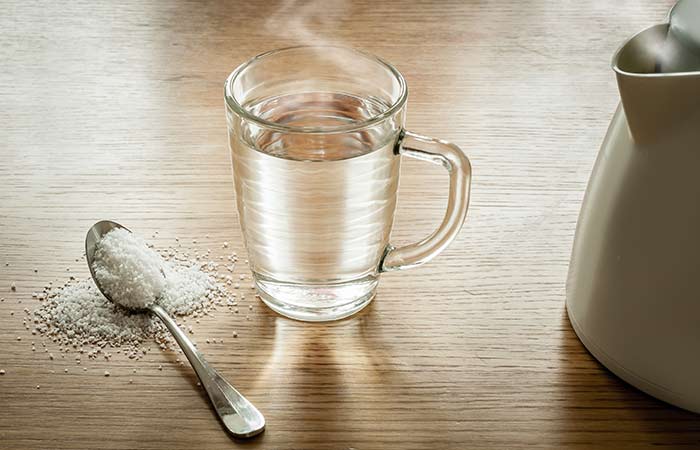

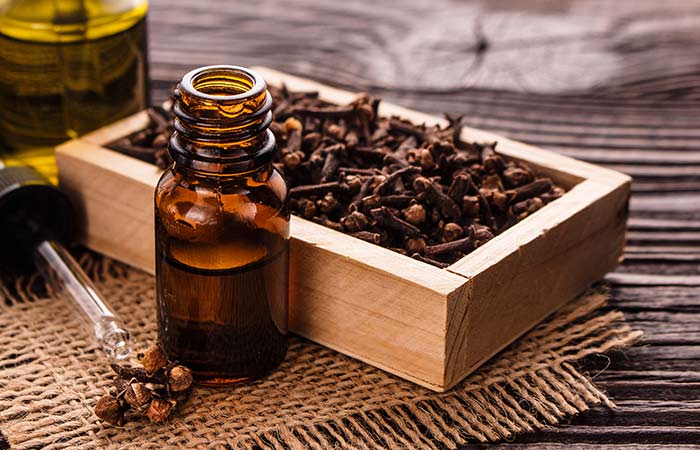


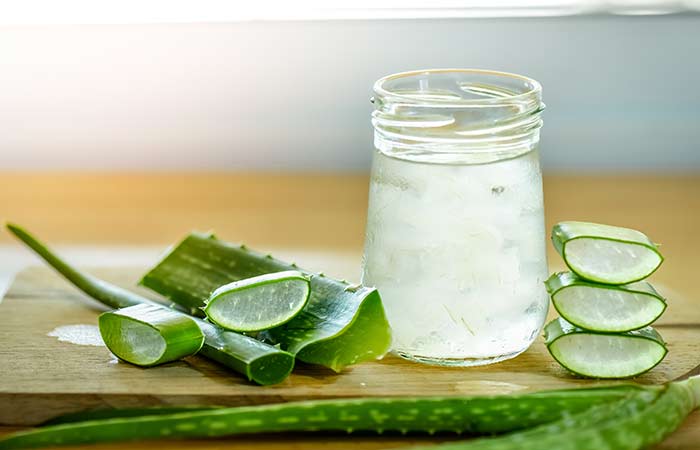
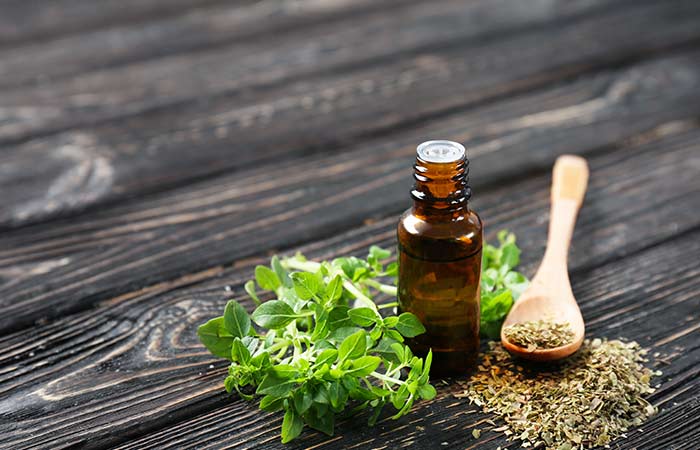
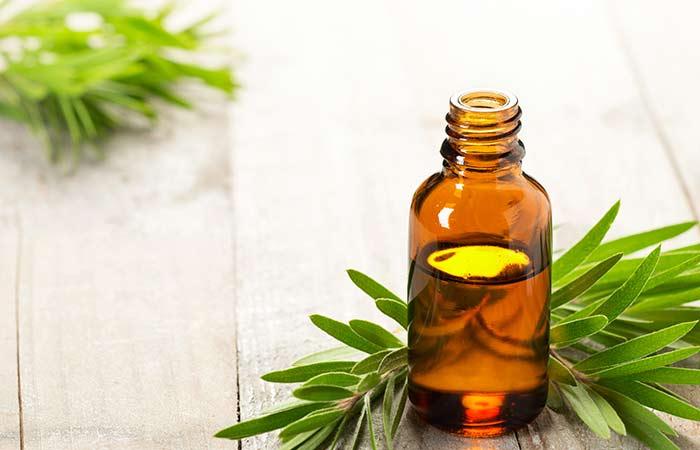

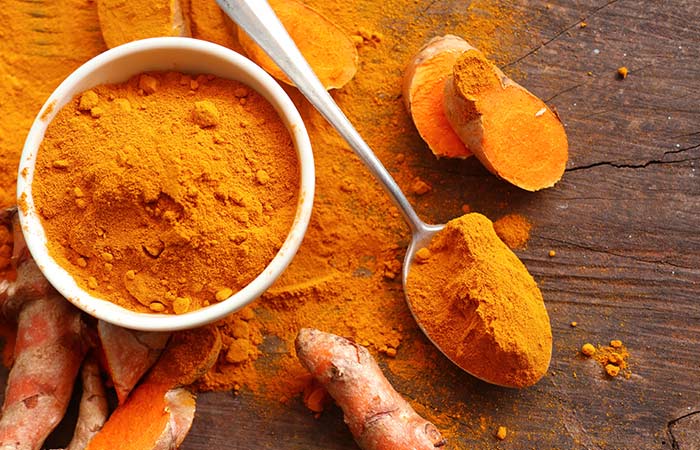
No comments:
Post a Comment